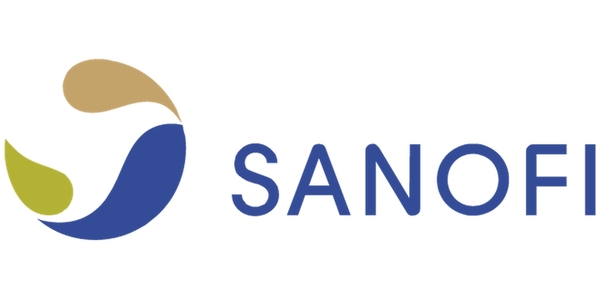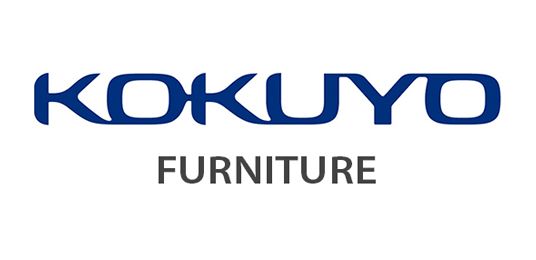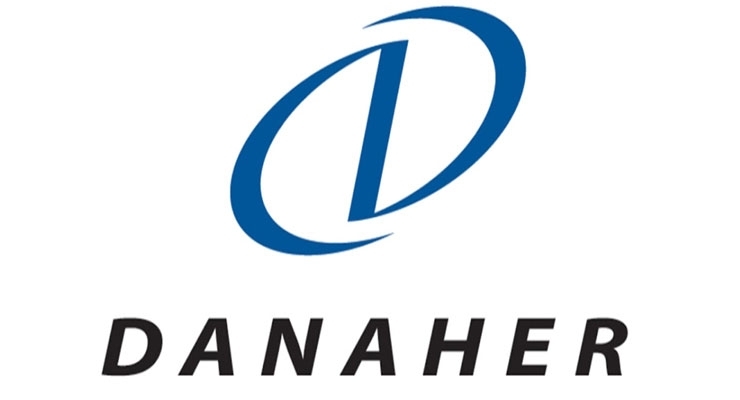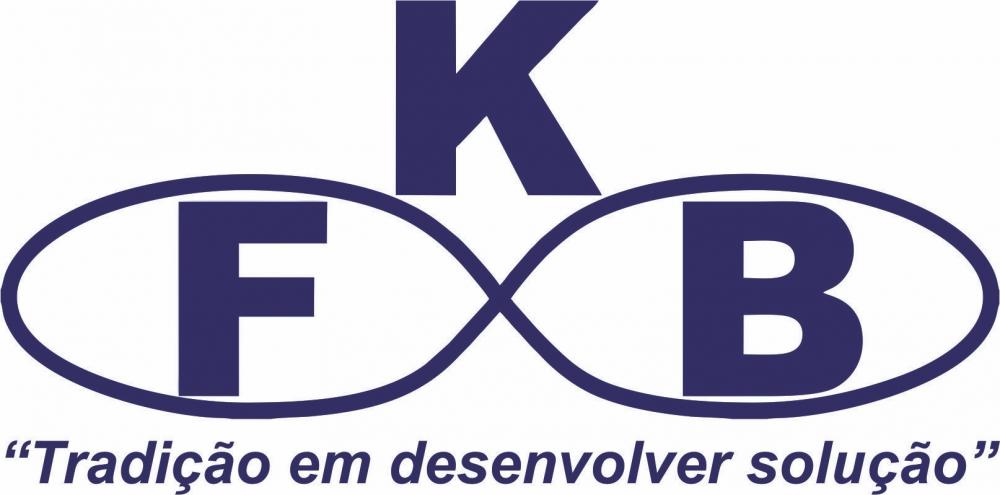Cystic Fibrosis Treatment Market: Global Share, Size, Growth, Trends & Outlook ( 2019 – 2027 )
Cystic Fibrosis Market Insights
The respiratory, digestive, and reproductive systems are all affected by the uncommon genetic condition known as cystic fibrosis. It is brought on by a gene mutation that affects the production of the cystic fibrosis transmembrane conductance controller (CFTR) protein. A mutation in the CFTR gene can result in the production of an aberrant or ineffective protein. This protein is essential for controlling the influx of nutrients and water into and out of cells.
Although there is currently no cure for cystic fibrosis, there are a variety of treatments that can help manage the condition and improve quality of life. In order to remove mucus from the airways, treat infections with medicines, and maintain a healthy weight, these curatives also incorporate nutrition. To improve their breathing, certain cystic fibrosis patients may potentially undergo lung transplantation.
As the number of individuals with the condition rises and new therapies become accessible, it is projected that market for cystic fibrosis cures will increase in the future years. At a composite periodic growth rate of 12.2, the worldwide cystic fibrosis market, which was valued at $4.1 billion in 2018, is expected to rise to $7.2 billion by 2023. The discovery of new medicines and the increasing frequency of cystic fibrosis are the main causes of the growth in market size.
The global cystic fibrosis market size stood at USD 5.12 billion in 2019 and is projected to reach USD 31.88 billion by 2027, exhibiting a CAGR of 24.4% during the forecast period.
Cystic Fibrosis Market Disease Understanding and Treatment Algorithm
Cystic fibrosis is a inheritable complaint that affects the respiratory, digestive, and reproductive systems. It's caused by a mutation in the gene that controls the product of a protein called cystic fibrosis transmembrane conductance controller( CFTR). This protein plays a critical part in regulating the inflow of swab and water in and out of cells, and a mutation in the CFTR gene can lead to the product of abnormal or non functional protein.
There's presently no cure for cystic fibrosis, but a number of curatives are available to help manage the complaint and ameliorate quality of life. The treatment of cystic fibrosis generally involves a combination of specifics, nutrition remedy, and respiratory remedy.
Medications:
- Mucus-clearing agents: These particulars aid in thinning and loosening mucus in the airways, which facilitates coughing up more easily.
- Antibiotics: The risk of respiratory infections is higher in people with cystic fibrosis, and these infections may be treated with antibiotics.
- Bronchodilators: These details aid in calming the muscles that surround the airways, which facilitates better breathing.
- Anti-inflammatory agents: By reducing airway inflammation, these particulars can lessen the frequency and rigidity of respiratory symptoms.
Nutrition therapy:
Due to the CFTR protein's faulty activity, people with cystic fibrosis may have trouble absorbing nutrients, which can result in malnutrition. Utilising high-calorie supplements or specialised feeding tubes as a nutrition cure can assist ensure enough nourishment.
Respiratory therapy:
To assist evacuate mucus from the airways, a therapist or carer may employ the casket physical treatment, which involves percussion and vibration. It could also entail using a nebulizer, which disperses medication as a thin mist that can be inhaled.
|
Cystic Fibrosis Market: Report Scope |
|
|
Base Year Market Size |
2022 |
|
Forecast Year Market Size |
2023-2032 |
|
CAGR Value |
24.4% |
|
Segmentation |
|
|
Challenges |
|
|
Growth Drivers |
|
Cystic Fibrosis Key Findings
Some key findings about cystic fibrosis are:
- The respiratory, digestive, and reproductive systems are all impacted by the inheritable disease known as cystic fibrosis. It is brought on by a gene mutation that affects the production of a protein known as the cystic fibrosis transmembrane conductance controller (CFTR).
- Cystic fibrosis is a chronic and progressing condition, which means it grows worse over time.
- Although there is currently no cure for cystic fibrosis, there are a variety of curatives that may be used to control the condition and improve quality of life.
- Patients' coughs, frequent respiratory infections, breathing difficulties, and slow development or weight gain are among the primary signs of cystic fibrosis.
- The rigidity of cystic fibrosis can vary greatly, with some persons just experiencing moderate symptoms and others possibly experiencing more serious complaints.
- Cystic fibrosis is a rare complaint, affecting about 30,000 people in the United States and 70,000 people worldwide.
- The life expectation for people with cystic fibrosis has bettered significantly in recent times, due in part to advances in treatment.
Timeline considered for all these studies will be:
2022 – Base Year
2023 – Estimated Year
2023-2032 – Forecast Period
Cystic Fibrosis Emerging Drugs
Some emerging drugs for the treatment of cystic fibrosis that are in various stages of development.
- Elexacaftor/tezacaftor/ivacaftor (Trikafta)
- VX-659/tezacaftor/ivacaftor (Trikafta-E)
- VX-561
- VX-445/tezacaftor/ivacaftor (Symdeko)
- AZD1940
- RG-7916
Cystic Fibrosis Market Driving Factors
Some factors that are driving the growth of the cystic fibrosis market are:
Increasing prevalence of the disease: As awareness and treatment options have improved, the frequency of cystic fibrosis has been rising recently. As a result, there is now more market for treatments for cystic fibrosis.
Development of new treatments: The creation of novel therapies for cystic fibrosis has significantly increased recently, with a number of new drugs being created and authorised by nonsupervising bodies. This has helped the need for cystic fibrosis treatments to increase.
Improved life expectancy: Cystic fibrosis patients now have a better chance of living a long life because to medical advancements. Due to this, more people with the complaint are living longer and want continued care, which has helped the market expand.
Rising healthcare expenditure: Healthcare expenditure has been adding encyclopedically, which has led to an increase in the market for and vacuity of treatments for colorful conditions, including cystic fibrosis.
Government initiatives: Governments around the world have enforced colorful enterprise to ameliorate the opinion and treatment of cystic fibrosis. These enterprise have helped to increase the vacuity and affordability of cystic fibrosis curatives, which has contributed to the growth of the market.
Cystic Fibrosis Market Challenges
challenges facing the cystic fibrosis market
High cost of treatment: The cost of treating cystic fibrosis can be high, as it frequently requires a combination of specifics, nutrition remedy, and respiratory remedy. This can be a fiscal burden for cases and their families.
Lack of cures: While there are several treatments available for cystic fibrosis, there's presently no cure for the complaint. This means that people with cystic fibrosis must suffer ongoing treatment for the rest of their lives.
Limited patient population: Cystic fibrosis is a rare complaint, affecting about 30,000 people in the United States and 70,000 people worldwide. This small patient population can limit the fiscal viability of developing and selling treatments for the complaint.
Competition from generic drugs: As the patents on several medications for cystic fibrosis expire, competition from over-the-counter versions of these medications may drive down costs and restrict the market's profitability.
Regulatory challenges: Creating new medications for the treatment of cystic fibrosis may be a difficult and drawn-out procedure since these medications must pass a variety of nonsupervisory tests and clinical trials before they can be licenced for usage. This might be difficult for marketes creating novel remedies for the issue.
Cystic Fibrosis Market Regional Synopsis
The size of the worldwide cystic fibrosis market is expected to increase in the near future, reaching $7.2 billion by 2023 at a composite periodic growth rate of 12.2. The market is principally motivated by the increasing frequency of the complaint, the creation of new medicines, and the expansion of cystic fibrosis patients' life expectancy.
With more than half of the worldwide market share, North America has the highest market for cystic fibrosis cures. This is partly because there are few choices for cutting-edge therapy in the area and the high frequency of the complaint there.
Europe is the alternate- largest market for cystic fibrosis curatives, counting for a significant share of the global market. The market in Europe is anticipated to grow at a steady pace due to the adding frequence of the complaint and the vacuity of advanced treatment options.
The market for cystic fibrosis curatives in the Asia- Pacific region is anticipated to grow at a significant rate in the coming times, due in part to the adding frequence of the complaint and the growing healthcare expenditure in the region.
The market for cystic fibrosis curatives in the rest of the world( including Latin America, the Middle East, and Africa) is anticipated to grow at a moderate pace in the coming times. This is due in part to the limited vacuity of treatment options and the low healthcare expenditure in these regions.
Cystic Fibrosis Market Segmentation
Segmentation cystic fibrosis market are:
- Type of therapy
- Phase of development
- Geography
- Type of CFTR mutation
- Severity of disease
- Patient demographics
Cystic Fibrosis Market Key Players
Several key players in the cystic fibrosis market are:
- Vertex Pharmaceuticals
- Roche
- AstraZeneca
- Novartis
- Gilead Sciences

Need Customized Report for Your Business ?
Utilize the Power of Customized Research Aligned with Your Business Goals
Request for Customized Report- Quick Contact -
- ISO Certified Logo -

















